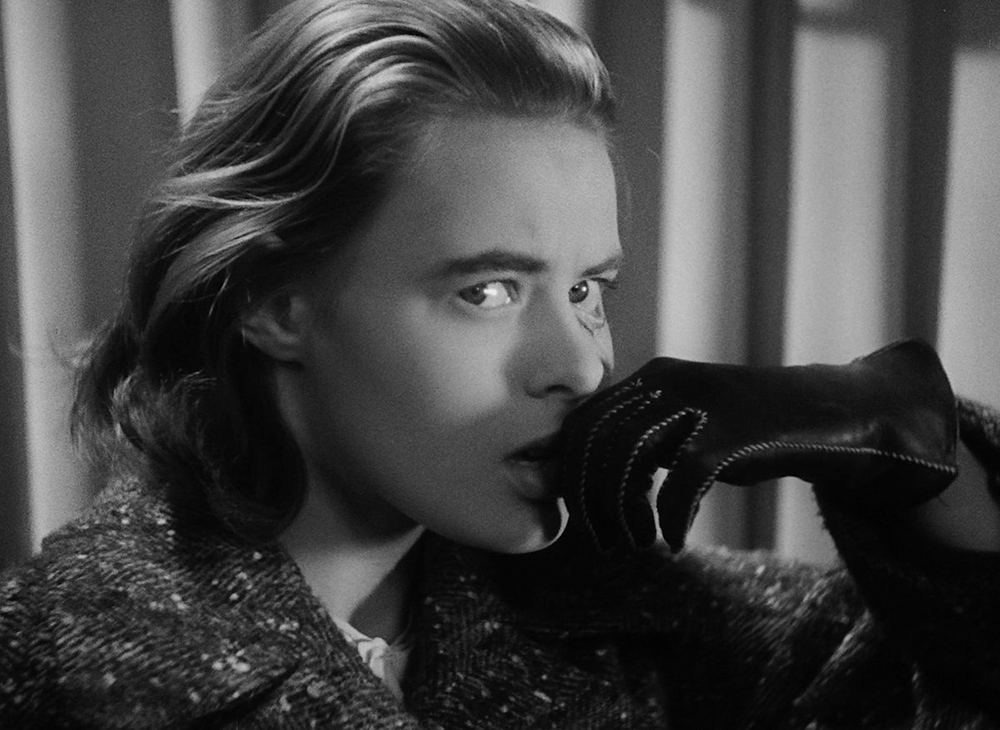In “A Woman’s Face” (“En kvinnas ansikte” original title), Ingrid Bergman appears as we have never seen her before or after. Her pristine beauty is destroyed by a truly heinous prosthetic burn and her usual gentle presence is, at first, scarred by her character’s bitter cynicism.
The prosthetic scar on the left side of Bergman’s face is horrific. The burn puckers her skin so much that the distortion is really hard to look at. Unfortunately, this effect is more successful than the story itself. The screenplay takes the simplistic perspective that the success or lack thereof of a woman’s life is determined by her looks. A scarred woman’s life is ruined by her disfigurement. And only when her face is perfectly restored by surgery, can she find a moral core and love or acceptance.
Bergman’s character, Anna, does not exist apart from the state of her face. Scarred = criminal. Beauty = loving and good. Bergman does her best with the role but she was never a top-tier actor and produces a two-dimensional portrait of a female mobster, though no one can doubt her sincerity and dedication to the truth of her character. It was her natural warmth and ethereal beauty that carried her through a long career. Here, when her character turns into a criminal mastermind, she just turns the spigot of evil on full at all times. Her frontal assault on the psychological landscape of the criminal soul is strident and ham-fisted. Luckily, for most of the movie she plays a good person. This is a psychological state she manages with nuance.
It is interesting to see how the Swedish acting style of the 1930s is just like the Hollywood style. It is worthwhile to watch this Swedish version of “A Woman’s Face” as the source material for the better-directed, better-acted (though Hollywood-ized) 1941 version with Joan Crawford. Unlike Bergman’s mob mastermind, Joan Crawford’s bitter soul is far worse than her minimal scarring would suggest. This way she can be a troubled marked woman and at the same time shine with glamor, so that her beauty maintains its thrall over the audience while still titillating it with a minimal deformity. Despite the lack of dramatic prosthetic scarring, Crawford is able to bring out the depth of sadness, loss, and neediness under her character’s volcanic anger far more effectively than Bergman here. If you only watch one, watch the Crawford version.


